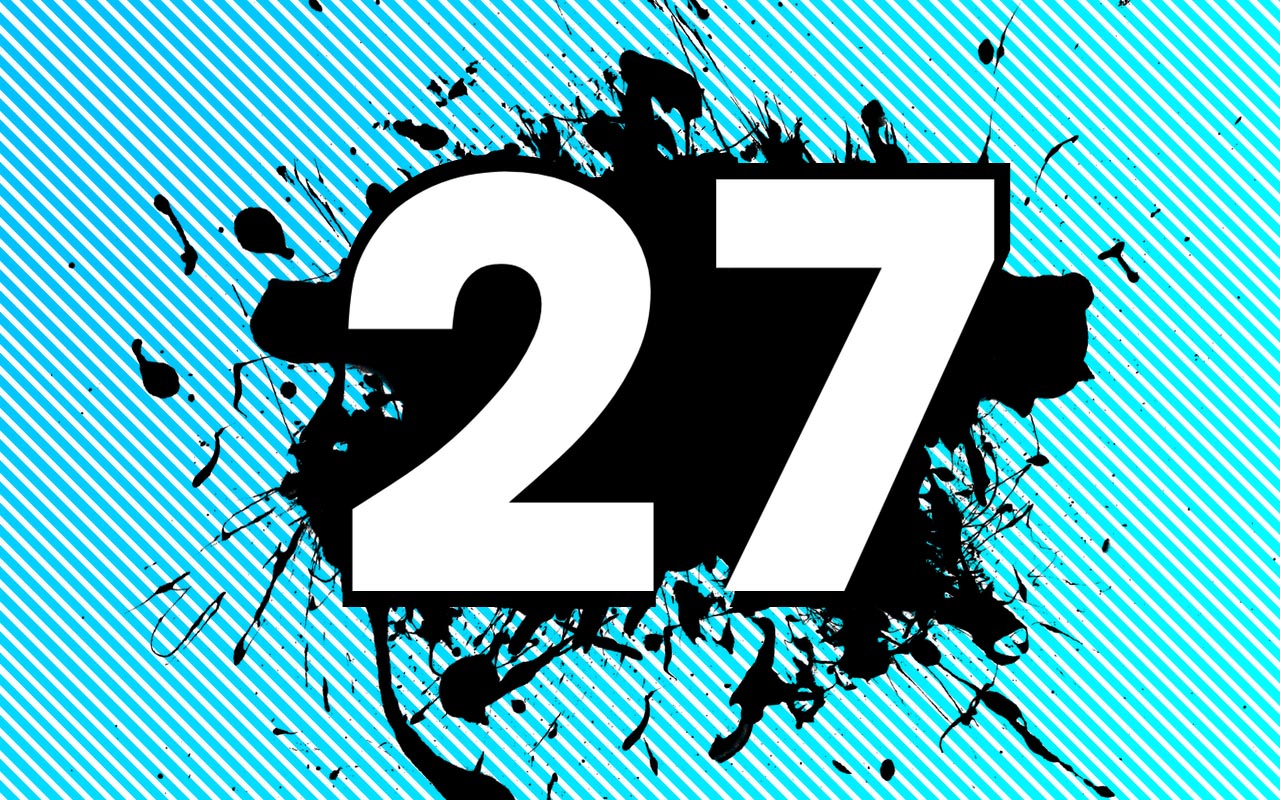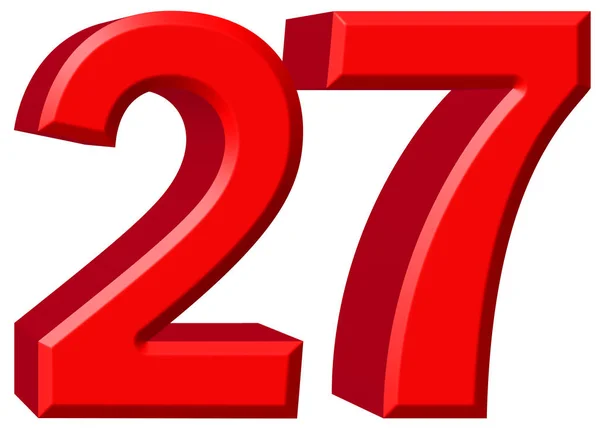When we think about figures who serve in the White House Press, there is often a great deal of interest surrounding their public contributions, and, you know, sometimes, even their personal lives. Karoline Leavitt, a name that comes up in discussions about the White House Press, has certainly caught the attention of many people. It's a bit like looking at a complex piece of machinery; there are many parts working together, and each one plays a part in the overall picture.
Her role, as a public figure, means that her work and even aspects of her personal connections, like her husband, become subjects of general conversation. It’s a natural thing, really, when someone holds a position that helps shape how information is shared with the wider public. We are, in a way, always curious about the people who help deliver the news and represent important institutions.
This discussion aims to explore some facets surrounding Karoline Leavitt and her husband, bringing in some rather interesting numerical observations that, you know, sometimes pop up in unexpected places. It’s almost like finding a hidden pattern in everyday things, and here, we will touch upon some connections to the number 27, which appears in quite a few different contexts, as a matter of fact.
Table of Contents
- Who is Karoline Leavitt's Partner?
- What About the Number 27 in the Context of the White House Press?
- How Does the Number 27 Appear in Everyday Life?
- Is There a Deeper Meaning to the Number 27 for the White House Press?
- What Does the Number 27 Mean for Information Handling?
- Could the Number 27 Influence Public Perception of the White House Press?
- Where Else Do We Encounter the Number 27?
- What Interesting Facts Are Tied to the Number 27 and the White House Press?
Who is Karoline Leavitt's Partner?
When public figures like Karoline Leavitt are part of the White House Press, there is often a natural curiosity about their personal relationships, including their spouses. It's a way, you know, for people to feel a bit more connected to those who hold significant public roles. While specific personal details are not always widely publicized, the fact of a partnership often forms part of the broader public image.
Karoline Leavitt has certainly been a notable presence in the White House Press landscape, bringing her perspective to the public discourse. Her work involves communicating important information, and in that capacity, her public profile becomes something many people are aware of. We often see how public figures operate within their professional duties, and that, you know, is usually the main focus of public attention.
Here we look at some aspects related to Karoline Leavitt, whose public presence is quite noticeable. While personal information is not always widely shared, there are public roles and duties that shape how we perceive figures in the White House Press. This discussion, you know, leans into those public facets.
| Name | Karoline Leavitt |
| Known Role | White House Press Official |
The public role of someone like Karoline Leavitt involves a great deal of public interaction and communication. It’s a very demanding field, requiring quick thinking and a solid grasp of many different topics. The sheer volume of information that flows through the White House Press operation, too, is almost something to consider. It’s a continuous stream, really, of updates and responses that shape public understanding.
In a way, the work of a press official is about making complex information accessible. It’s about taking many different pieces of data and presenting them clearly. This process, you know, involves a kind of distillation, where the most important points are brought to the forefront. It’s a constant effort to keep the public informed, and that, basically, is what the job entails.
What About the Number 27 in the Context of the White House Press?
It's interesting to consider how certain numbers can, you know, subtly appear in various aspects of our lives, even in the professional world of the White House Press. The number 27, for instance, pops up in a surprising array of places, sometimes in dates, sometimes in technical specifications, and sometimes in more abstract concepts. For example, there are instances of information being processed or dates being marked, like something "answered Feb 27, 2017 at 12:49." This kind of timestamp, you know, is a common feature in many digital interactions, showing when a piece of information was handled.
In the world of data and communication, too, you might encounter specific numerical codes. We learn that "27 200 means that request has been processed," which tells us that a certain action has been completed successfully. This is a common pattern in how systems communicate, letting us know that everything went as planned. It’s a small detail, but it speaks to the precision needed in handling information, something very relevant to the White House Press.
Sometimes, numerical versions of software also feature this number. We hear about specific software versions, like "If your git version is 2.27.0.windows.1 or earlier," or if it's "equal to or greater than git 2.27.0.windows.1." These version numbers, you know, mark progress and changes in tools that are used to manage information, something quite important for anyone dealing with large amounts of data, as is often the case in the White House Press environment. It highlights the constant updates and refinements in the tools we use.
There are also moments when comments are logged on specific dates, such as "Commented Mar 27, 2021 at 9:50." These dates, basically, serve as markers for when certain thoughts or pieces of feedback were shared. It reminds us that information is constantly being created and updated, and that, actually, is a continuous process. This flow of information, in a way, mirrors the dynamic nature of news and public communication.
Another instance shows up in the context of information sharing, where something was "Answered Aug 27, 2022 at 7:24." These specific dates and times, you know, help to organize and track when responses were provided. It shows how precise records are kept in many fields, ensuring that there's a clear history of interactions. For anyone in the White House Press, keeping track of such details is pretty much a daily routine.
How Does the Number 27 Appear in Everyday Life?
The number 27, quite surprisingly, shows up in many different areas, far beyond just dates or technical versions. It’s almost like a recurring motif in the fabric of our world. For instance, in geometry, there is talk of "The clebsch surface has 27 exceptional lines." This is a rather specific mathematical concept, but it shows how this number can be part of the underlying structure of things, you know, in a very fundamental way. It’s about patterns and forms that exist in abstract spaces.
In the realm of graph theory, we also find the number 27. It's said that "It is possible to arrange 27 vertices and connect them with edges to create the holt graph." This speaks to how numbers can describe arrangements and connections, forming structures. It’s about how elements can be put together to create a larger whole, which, in some respects, is not unlike how different pieces of information come together to form a complete story in the White House Press.
Mathematically, the number 27 has a very neat property: "27 is 3 x 3 x 3." This means it's a cube of 3, a perfect cube. This simple mathematical fact, you know, gives it a certain foundational quality. It's a number that can be built up from a smaller, repeating element. This kind of basic building block idea can be found in many systems, even in how arguments are constructed or information is presented.
When we look at the history of a nation, numbers play a part. For example, "The following is a list of the 27 constitutional amendments." These amendments represent significant changes and additions to a foundational document, showing how a set number of adjustments can shape a nation's laws over time. It’s a powerful example of how a specific quantity can represent a body of important historical decisions, and that, you know, is something we can all appreciate.
These amendments, basically, "remain part of the U.S. Constitution," even if some, like "the 18th amendment (prohibition) was effectively nullified by the" later ones. This illustrates how even foundational documents can change and adapt over time, with specific numbers marking those shifts. It’s a pretty interesting way to look at how history unfolds, with numbers acting as signposts.
The number 27 also carries symbolic weight for some. It's sometimes "referred to as the trinity of trinities as 3x3x3=27, 3x3=9, and 3x9=27." This symbolic interpretation, you know, gives the number a deeper, almost mystical resonance for those who look for such patterns. It shows how numbers can be more than just counts; they can hold cultural or philosophical meaning, too.
Even in our natural world, the number 27 appears. We learn that "The planet is made up of 72% saltwater and 1% freshwater, leaving 27% of the" rest for land. This numerical breakdown helps us understand the composition of our world, providing a clear picture of proportions. It’s a simple fact, but it helps put things into perspective, and that, really, is a very useful thing.
From a purely mathematical standpoint, "It is divisible by 1, 3, 9, and 27." This property, you know, means it can be broken down into these specific factors. It’s a basic characteristic of the number itself, showing how it relates to other numbers through division. These fundamental properties are, basically, what mathematicians study, giving us a deeper sense of how numbers work.
There's also a general curiosity about "The meaning of the number 27," or "How is 27 spell, written in words," along with "interesting facts, mathematics, computer science, numerology, codes." This shows a broad interest in the number's various applications and interpretations. It’s a number that, in a way, invites exploration across many different fields, from the very practical to the more abstract.
And then there are practical uses, like "Phone prefix +27 or 0027." This is how people connect across certain regions, using a specific numerical code. It’s a very tangible example of how numbers facilitate communication on a global scale. It just goes to show how deeply numbers are woven into our daily interactions, even in something as simple as making a phone call.
We also find it in historical counting systems, like "27 in roman numerals and" other systems. This shows its presence across different cultures and times, indicating its universal nature as a quantity. It’s a reminder that numbers are a fundamental language that spans human history, you know, connecting us through time.
Ultimately, "27 is a positive integer that comes after 26 and before 28." It's a "natural number, odd and can be expressed as the cube of 3 (3x3x3)." It "also sits in the third place in the sequence of positive" integers that are perfect cubes. These are its fundamental numerical characteristics, defining its place in the sequence of numbers. It’s a very straightforward description, but it gives us a clear picture of what the number is.
The overall "significance of 27 is an intriguing topic that has captivated the interest of many individuals." It "holds various meanings and connections in different contexts, making it a" subject of ongoing curiosity. This means that people, you know, find something compelling about this number, whether it's its mathematical properties or its appearances in everyday life. It’s a number that, arguably, holds a certain appeal.
And finally, a fascinating biological fact: "Did you know that the human hand consists of 27 distinct bones?" This is a pretty remarkable detail about our own bodies, showing the complexity and precision of our anatomy. It’s a very tangible example of how this specific number relates to something as personal as our physical form. It’s a detail that, you know, often surprises people when they hear it.
Is there a deeper meaning to the number 27 for the White House Press?
When we think about the White House Press, it’s all about the flow of information, about facts and figures being presented to the public. The number 27, with its various mathematical and real-world appearances, might, you know, offer a subtle lens through which to consider this process. For instance, its divisibility by 1, 3, and 9 could, in a way, symbolize the different levels of detail or the various angles from which a story can be approached. You might have the overarching narrative (1), then key points (3), and then more specific details (9), all contributing to the whole.
The idea of 27 as a "trinity of trinities" could, perhaps, be loosely connected to the multiple layers of communication that happen in the White House Press. There’s the initial statement, then the clarification, and then the broader context, all working together to build a complete picture. It’s a very abstract connection, to be honest, but it highlights how numbers can sometimes inspire different ways of thinking about complex processes. It’s like looking at the structure of a message, you know, in a rather unique way.
Consider, too, how the number 27 appears in version numbers of software, like "git version 2.27.0.windows.1." This speaks to constant updates and refinements in the tools used to manage and disseminate information. For the White House Press, staying current with the latest methods for handling data and communicating effectively is, you know, absolutely vital. It’s about ensuring that the message gets out smoothly and efficiently, which, basically, means keeping up with the technology.
The fact that 27 is a perfect cube, 3x3x3, also suggests a kind of foundational strength or completeness. In the context of the White House Press, this could, arguably, represent the solid basis of facts that underpins effective communication. It’s about building a message on a firm foundation, which, you know, is pretty important for credibility. This structural integrity is something that, in some respects, is always sought after in public messaging.
The presence of 27 constitutional amendments, for example, shows how a fixed number of significant changes can shape a foundational document over time. For the White House Press, this could subtly remind us of the enduring principles and frameworks that guide public service, even as the daily news cycle changes. It’s about operating within a set of established rules and values, which, you know, are very important for maintaining trust.
So, while there's no direct, stated meaning of 27 for the White House Press or Karoline Leavitt's husband, the pervasive nature of the number in various systems and structures can, in a way, offer a metaphorical lens. It’s about recognizing how numbers are part of the hidden patterns that shape our world, including how information is created, managed, and shared. It’s a very subtle observation, but it does make you think about things a little differently, you know.
What Does the Number 27 Mean for Information Handling?
When we consider the world of information and how it's managed, especially in high-stakes environments like the White House Press, numbers often play a behind-the-scenes role. The number 27, as we've seen, shows up in various technical contexts that are all about processing and organizing data. For example, knowing that "27 200 means that request has been processed" is a basic signal in computer systems. This kind of code, you know, ensures that operations are confirmed, which is crucial for reliability in any information system.
Then there's the idea of error handling. We also learn that "Here we definitely have an error, so response can't have 2xx or 3xx." This refers to standard ways systems communicate success or failure. Understanding these codes is, basically, essential for anyone dealing with digital information


